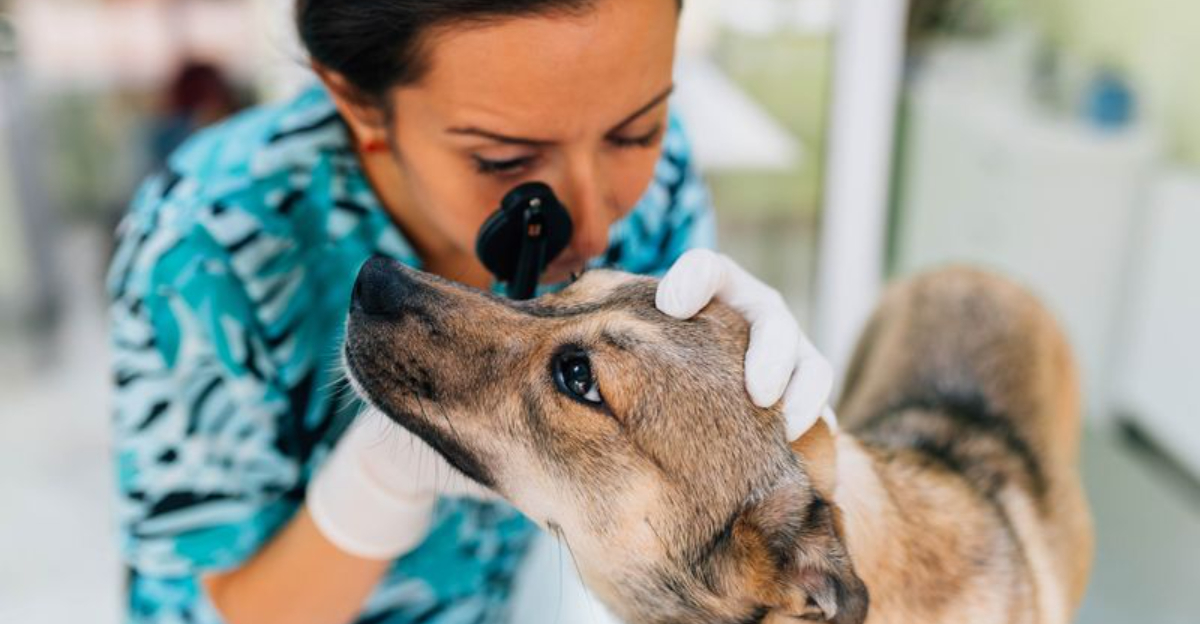Just like we want top-notch healthcare for ourselves, we want the same for our furry best friends.
Genetic testing can play a key role in preventing heartache while saving you thousands in vet bills down the road.
Early genetic testing helps identify potential issues before they even appear. Let’s explore the essential genetic tests available in California that could truly be lifesavers for your canine companion.
1. Progressive Retinal Atrophy (PRA): Preventing Blindness Before It Starts

My Golden Retriever went completely blind at age seven. We had no warning signs until it was too late.
PRA causes gradual deterioration of the retina, eventually leading to complete blindness in affected dogs. The test identifies mutations in several genes responsible for this condition, which affects over 100 breeds including popular California favorites like Labrador Retrievers and Poodles.
Early detection through genetic testing allows owners to prepare for vision changes and work with veterinarians on management strategies.
2. Degenerative Myelopathy (DM): Safeguarding Your Dog’s Mobility

German Shepherds owners, pay extra attention! This devastating condition mimics ALS in humans and can steal your dog’s ability to walk.
DM causes progressive paralysis that begins in the hind legs and eventually affects the entire body. The genetic test identifies mutations in the SOD1 gene, offering crucial insight for breeds like Corgis, Boxers, and German Shepherds that are particularly susceptible.
Testing puppies helps you understand potential future care needs. For older dogs, a positive test explains symptoms and allows for early intervention with physical therapy and mobility aids to maintain quality of life longer.
3. Osteogenesis Imperfecta (OI): The Brittle Bone Test
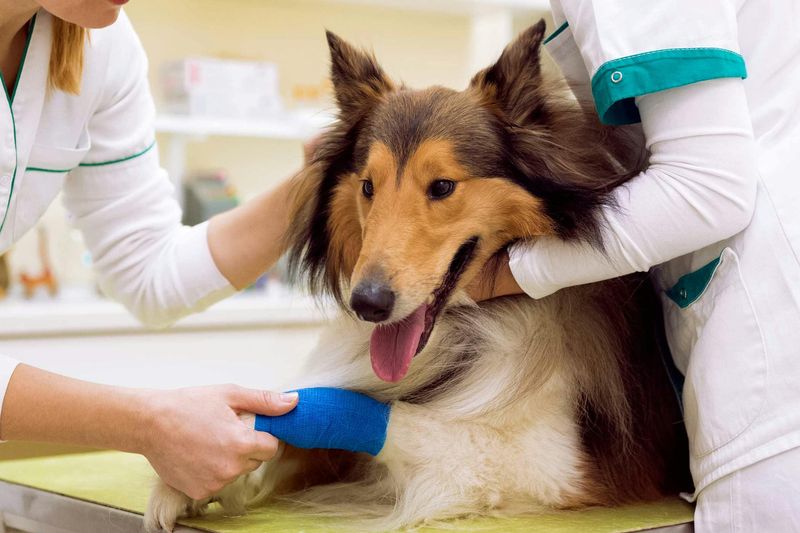
While those beautiful California beaches may seem like a dream, pups with OI need gentler adventures to stay safe. This condition can cause serious injuries from everyday activities—like a tiny puppy breaking a leg just from hopping off the couch.
OI causes abnormal bone formation resulting in extremely fragile bones that break easily. The test detects mutations in the SERPINH1 and COL1A1 genes, particularly important for Beagles and Dachshunds.
Dogs with OI require special handling and modified environments to prevent injuries. Testing helps owners make informed decisions about activities and exercise limitations. For breeders, it’s essential to prevent passing this painful condition to future generations.
4. Von Willebrand Disease (vWD): The Hidden Bleeding Risk

Excessive bleeding from something as simple as a nail trim can be a red flag for von Willebrand disease—highlighting why testing is so important for all dogs.
vWD is a bleeding disorder where blood doesn’t clot properly, creating serious risks during surgery, injury, or even routine procedures. The genetic test identifies mutations in the VWF gene, critical for Dobermans, Shepherds, and many small breeds popular in California apartments.
Knowledge is power—knowing your dog has vWD means you can alert groomers, avoid certain medications, and ensure your vet takes precautions during procedures. Treatment options include transfusions and medication to increase clotting factors when necessary.
5. Canine Multifocal Retinopathy (CMR): Spotting Vision Problems Early
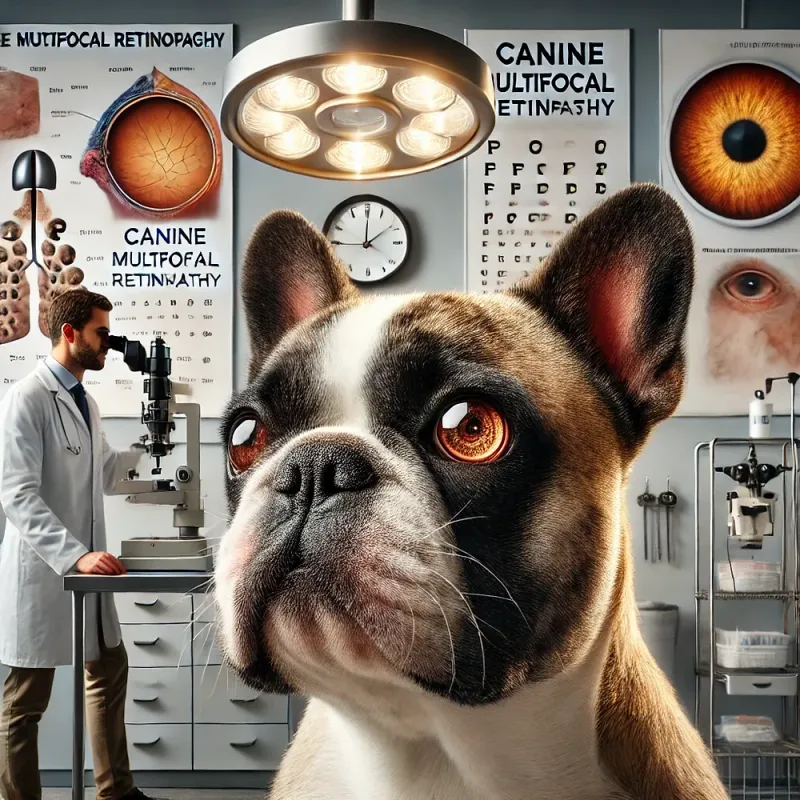
CMR creates fluid-filled blisters on your dog’s retina that look like tiny bubbles during an eye exam. The genetic test identifies mutations in the BEST1 gene.
Great Pyrenees, Mastiffs, and Cocker Spaniels face higher risks for this condition, which causes varying degrees of vision impairment. Unlike PRA, CMR typically doesn’t progress to complete blindness, but early detection helps manage symptoms.
California’s bright sunshine can actually worsen symptoms in affected dogs, making this test particularly relevant for our outdoor-loving pups. UV-protective doggy goggles might sound silly, but they’re game-changers for dogs with CMR enjoying our state’s abundant outdoor activities.
6. Collie Eye Anomaly (CEA): Not Just for Collies Anymore

Whenever I tell fellow Border Collie owners that this condition affects 70-97% of the breed, they are shocked. CEA isn’t limited to Collies—it impacts Aussies, Shelties, and other herding breeds popular on California ranches.
The test identifies mutations in the NHEJ1 gene responsible for abnormal eye development. Severity ranges from mild vision changes to complete detachment of the retina and blindness.
Testing puppies before 8 weeks provides the most accurate results, as some dogs develop a pigment that masks physical signs later in life.
7. Drug Sensitivity (MDR1 Gene): Preventing Medication Disasters
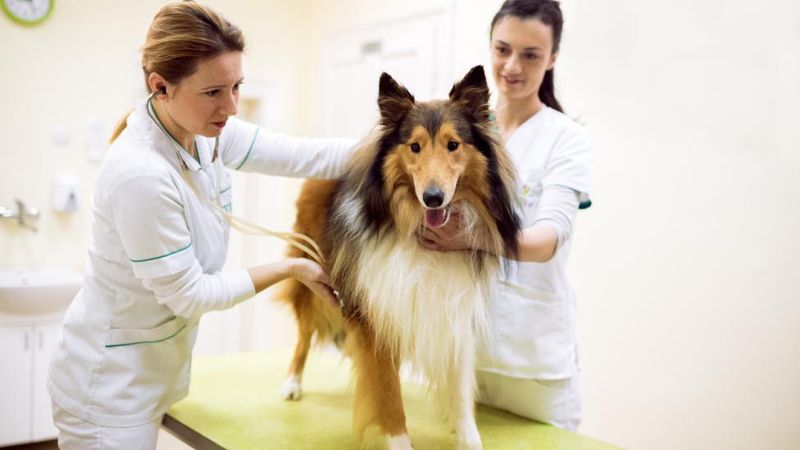
A single dose of the wrong heartworm medication nearly proved fatal for an Australian Shepherd. The emergency vet’s first question? ‘Did you test for MDR1?
The MDR1 gene mutation prevents certain drugs from being properly processed, causing toxicity and potentially fatal reactions. Common medications like ivermectin, loperamide, and some chemotherapy drugs can be dangerous for affected dogs.
Herding breeds are particularly susceptible, with up to 75% of Aussies, Collies, and Shelties carrying the mutation. California’s year-round parasite season means our dogs often need preventatives—making this test absolutely critical. One simple cheek swab can literally save your dog’s life and prevent traumatic emergency vet visits.
8. Primary Lens Luxation (PLL): The Sudden Vision Thief

PLL strikes without warning—one moment your dog sees perfectly, the next they’re in excruciating pain as their eye’s lens detaches. This emergency condition requires immediate surgery.
The genetic test identifies mutations in the ADAMTS17 gene, responsible for the breakdown of fibers that hold the lens in place. Terriers and sighthounds are particularly vulnerable, including Jack Russell Terriers and Miniature Bull Terriers popular in California’s urban areas.
Dogs who test positive require regular ophthalmologist monitoring since early surgical intervention significantly improves outcomes. For active California dogs hiking our mountains or playing at dog beaches, vision preservation is especially important for quality of life and safety.
9. Hypothyroidism (Thyroid Function): Energy and Weight Management

When my neighbor’s Labrador suddenly gained 15 pounds and became a canine couch potato, thyroid testing revealed the culprit. Genetic predisposition testing could have helped them prepare.
Hypothyroidism occurs when the thyroid gland doesn’t produce enough hormones, affecting metabolism, coat quality, and energy levels. The genetic test identifies markers that indicate increased risk, particularly important for Golden Retrievers, Dobermans, and Great Danes.
California’s outdoor lifestyle demands dogs with appropriate energy levels. Early identification of at-risk dogs allows for proactive monitoring, earlier intervention, and lifestyle modifications. Regular blood tests can catch thyroid changes before dramatic symptoms appear, making management simpler and more effective.
10. Elbow Dysplasia: Protecting Working Dogs’ Joints
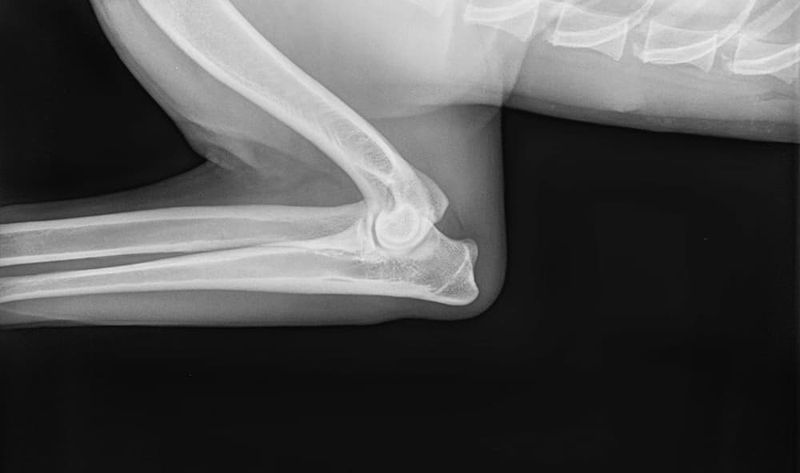
Elbow dysplasia can feel like a devastating blow for active dogs. This painful joint malformation limits mobility and leads to arthritis, particularly crippling for California’s hiking, swimming, and surfing canines.
The genetic test identifies markers associated with abnormal elbow development in breeds like Bernese Mountain Dogs, Newfoundlands, and Labradors. Environmental factors also play a role, making this test a risk assessment rather than a definitive predictor.
Dogs identified as high-risk benefit from modified exercise during growth, weight management, and joint supplements. For working dogs and service animals, early intervention can extend working life by years. Don’t wait for limping—genetic testing plus early x-rays provides the most comprehensive protection.
11. Hip Dysplasia: The Silent Joint Destroyer

Hip dysplasia bankrupts dog owners emotionally and financially. Total hip replacements run $5,000-7,000 per hip in California—costs that genetic testing might help you avoid.
This condition causes painful joint malformation and arthritis. The genetic test identifies multiple genes contributing to risk, though environmental factors like rapid growth and excessive exercise also play roles. Large breeds like German Shepherds and Golden Retrievers are particularly susceptible.
For breeders, combined genetic testing and hip evaluations help reduce incidence in future generations. For owners, early knowledge allows for preventative measures like maintaining healthy weight, appropriate exercise, and joint supplements. California’s active lifestyle makes healthy hips especially important for our four-legged adventure partners.
12. Patellar Luxation: Small Dogs, Big Knee Problems

Ever seen a dog suddenly skip a step, hold up a back leg, then continue walking normally? That’s the telltale sign of patellar luxation—a kneecap that slides in and out of place.
Genetic testing identifies markers associated with this common condition in small breeds like Chihuahuas, Pomeranians, and Yorkshire Terriers that fill California’s apartments and condos. The condition ranges from mild occasional slipping to severe lameness requiring surgical correction.
Early identification allows for preventative measures like weight management and targeted physical therapy. For mild cases, these interventions may prevent progression to more serious grades requiring surgery. California’s many stairs, beaches, and hiking trails present special challenges for dogs with knee issues.
13. Eye Examination (CERF): Beyond Genetics to Functional Testing

CERF isn’t actually a genetic test—it’s better! This comprehensive eye exam performed by veterinary ophthalmologists identifies numerous inherited eye conditions, some without known genetic markers yet.
The Canine Eye Registration Foundation examination evaluates all structures of the eye, detecting conditions like cataracts, glaucoma, and retinal issues. Results are documented in a database tracking eye disease prevalence across breeds.
California’s abundant sunshine means our dogs face increased UV exposure compared to other regions, potentially accelerating certain eye conditions. Annual CERF exams complement genetic testing by catching problems genetic tests miss or conditions that develop later in life. For senior dogs especially, these exams become increasingly valuable for maintaining quality of life.
